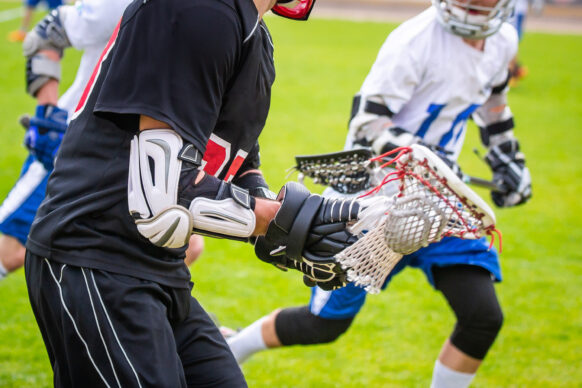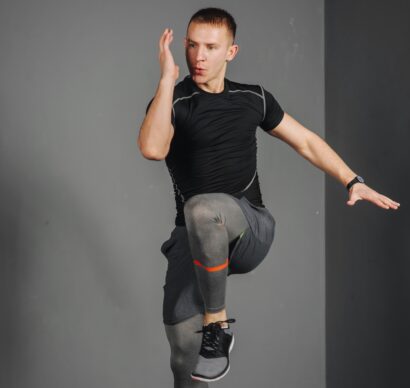by Riley Kerr, PT, DPT, ATC

Rotational power is arguably one of the most important characteristics a lacrosse player can have due to its direct correlation with performance in various aspects of the game. Here’s why rotational power is crucial for lacrosse athletes:
1. Shot Speed and Accuracy
Rotational power generated from the core, hips, and upper body is instrumental in delivering powerful and accurate shots. The ability to generate torque and transfer energy from the lower body through the torso to the arms contributes significantly to shot velocity and precision.
2. Passing Ability
Like shooting, effective passing in lacrosse requires rapid rotation of the torso and efficient transfer of force from the lower body to the stick. Rotational power enables players to execute quick and accurate passes, facilitating ball movement and team coordination.
3. Dodging and Evasion
Rotational power plays a crucial role in evasive maneuvers such as dodging defenders. The ability to quickly rotate the body allows players to change direction rapidly, evade opponents, and create scoring opportunities.
4. Ground Ball Retrieval
Lacrosse is a fast-paced game where possession of the ball is critical. Rotational power aids in swiftly maneuvering the body to scoop up ground balls, enabling players to maintain possession or regain control of the ball during play.
5. Defensive Skills
Don’t forget about the D! Rotational power is equally important for defensive players. It allows defenders to pivot quickly, anticipate offensive movements, and execute effective checks to disrupt the opposing team’s plays.
6. Injury Prevention
Developing rotational power not only enhances performance but also reduces the risk of injury. A strong and stable core, supported by rotational strength, helps maintain proper alignment and stability during dynamic movements, thereby decreasing the likelihood of overuse injuries or imbalances.
If you struggle in any of these categories, you might not be producing enough rotational power. Our expert physical therapists will work with you to address those power deficits and get you functioning at peak condition on the lacrosse field.
Continue to the next part of our guide – Rotational Power for the Lacrosse Player – part 2: Increasing Your Shot Speed!




